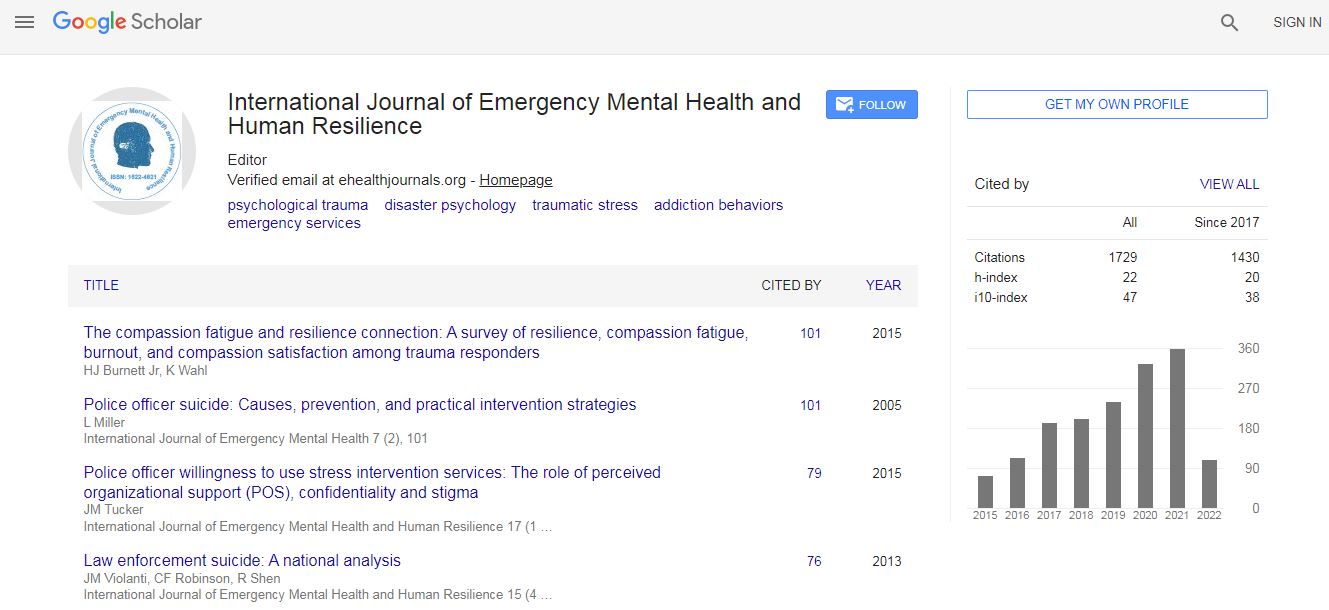Research Article
A Qualitative Study of Identifying Factors which Contribute and Non-Contribute to Voluntary Blood Donation through Focus Group Discussions (FGDs) among Blood Donors and Non-Blood Donors
Umakanth Siromani Ph D1*, T Thasian Ph D2, Rita Isaac MD2, KG Selvaraj Ph D3, Dolly Daniel MD1, Joy John Mammen MD1, Sukesh Chandran Nair MD1
1John Scudder Memorial Blood Bank, Departments of Transfusion Medicine and Immunohematology
2RUHSA (Rural Unit for Health and Social Affairs)
3Bio-Statistics Christian Medical College, Vellore, Tamil Nadu South India
Abstract
Background: Blood donation is a divine act that serves a humanitarian cause. Blood transfusion saves lives and improves health of many patients. Every component of blood can be used and it plays an important role in saving the lives of different individuals in the community. Blood banks urge everyone to respond to the needs of patients so that they can increase the stock and able to meet the demand of patients across the country. Objective: To collect the information on what is known and not known, their beliefs and practice among blood donors and nonblood donors in respect to voluntary blood donation. Materials and methods: There were four Focus group discussions (FGD’s) were conducted among Voluntary Blood Donors and non-blood donors. There were nine voluntary blood donors non-blood donors participated in each group. The discussions were conducted in a separate place with a closed room and the whole sessions were recorded with their permission. The discussions were conducted in local language and later the verbatim translations were done into English. Results and Conclusion: The majority of the donors said, they are donating blood to save an ill person. Donors who work in the IT companies, preferred to donate in the blood donation camp rather than in blood bank because of time factors. There were common myths, fears and superstitions about blood donation, as with previous study results such as giving blood causes weakness in the human body, medical problems, fear of needles, general apprehension, and fear of after-effects. Donors experienced the joy of blood donation and seriously discussed the matter of waiting time. A few donors suggested that a short film could be used to create awareness. Many blood donors observed that advertisement and information on voluntary blood donation camp was very limited. Blood banks should not always target a high number of blood donors but should organize blood donation camps even for fewer blood donors in the community

 Spanish
Spanish  Chinese
Chinese  Russian
Russian  German
German  French
French  Japanese
Japanese  Portuguese
Portuguese  Hindi
Hindi 